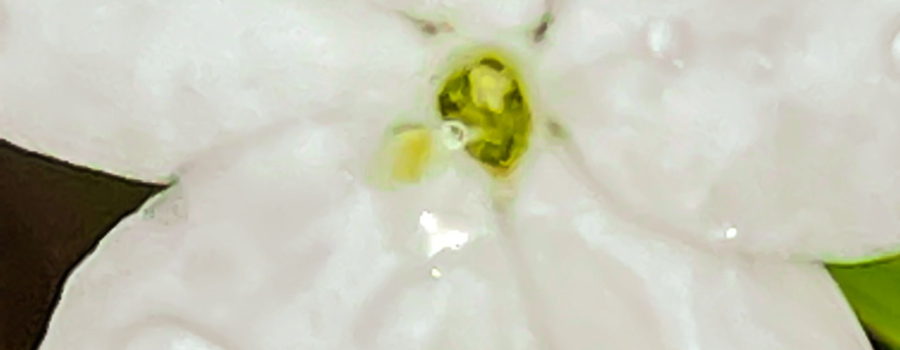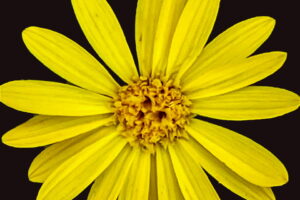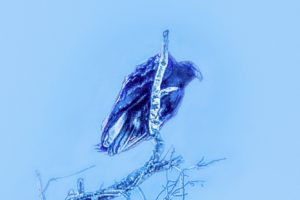Finger Rot Has an Awful Name, but is Useful and Attractive

It seems like lately I’ve been finding some unusual and sometimes revolting (at least to some people) things to write about. Green cockroaches, rabbit mating rituals, vultures (who I really love!), and ants just to name a few, so I thought, why not round it all out and present a revolting plant! To be specific, one called “finger rot” (among other things). Why not?!? Actually, this perennial plant that is native to the southeastern United States is not all bad. It’s actually a very nice looking plant, with some very pretty white flowers and some interesting looking seed pods that come in once the flowers fade. The bad part about this plant is that it is covered everywhere except the flowers and the roots by short, prickly hairs. If you touch these hairs with bare hands or worse yet, step on it, the hairs will cause a stinging reaction that can last up to an hour, and leave a red rash that can last several days. In some people who are highly sensitive, it can even cause more unpleasant reactions like blisters and sores (hence the name finger rot). Definitely, kind of unpleasant if not actually revolting.

Thankfully, finger rot (Cnidoscolus stimulosus)is also known by quite a few somewhat more pleasant names. I’ve always known it as stinging nettle (there is also an actual nettle also known as stinging nettle, too), but it is also known as bull nettle, spurge nettle, and tread-softly. Interestingly, it’s not actually a nettle at all but an herb. And in all reality, I would rather be thrown into a patch of true nettles than stinging nettle (I stepped on it in bare feet on more than one occasion when I first moved up here). Most of the time it is considered a weed, but people do sometimes use it in wildflower or butterfly gardens or as plantings under windows or around buildings. It is very attractive to lots of different butterflies, bees, wasps, and birds, and it will definitely keep people out from under your windows! People sometimes also eat the roots. They do have to be boiled several times, but when done they are said to taste like potatoes.

Stinging nettle is a pretty hardy plant that likes dry, sandy, well drained soils. It is usually found in pine flats, pine/oak woods, sandhills, dry pastures, roadsides, and dunes. Once it becomes established it requires very little water, even during drought periods. It also requires very few nutrients, and will grow in some of the poorest soils and in seriously disturbed areas. It does prefer direct sunlight, but will grow in partial shade, although it doesn’t flower well there. It can also tolerate a moderate amount of salt spray, so you will sometimes find it on sand dunes near the beach. It will not, however, tolerate standing salt or brackish water, so it generally won’t grow in the flood plains.

As you can see, the flowers are a brilliant white, and there can be quite a few flowers on any given plant. In south Florida this plant will actually bloom all year round, but it tends to be more active between February and October. Up here in central Florida, it usually blossoms until the first frost, and is one of the earliest plants to put out new flowers in the spring. Each plant contains only male or female flowers, so it is totally dependent on pollinators for it’s survival. The flowers actually have a bit of a sweet smell that helps to attract the pollinators. Assuming a female flower gets pollenated, as it fades, it will become a small capsule that surrounds three large seeds. Harvesting seeds is possible, but definitely requires close attention and gloves. There are also quite a few types of birds that will eat the seeds. For some reason our feathered friends don’t seem to be bothered by the stinging hairs the way we are. So as you can see, even a plant with a revolting name like “finger rot” can have a few redeeming qualities.

Do you enjoy beautiful nature photography and artwork? What about engaging nature and animal related content? If that’s you (or someone you know), subscribe to our blog. It’s fun and easy to do!





Recent Comments